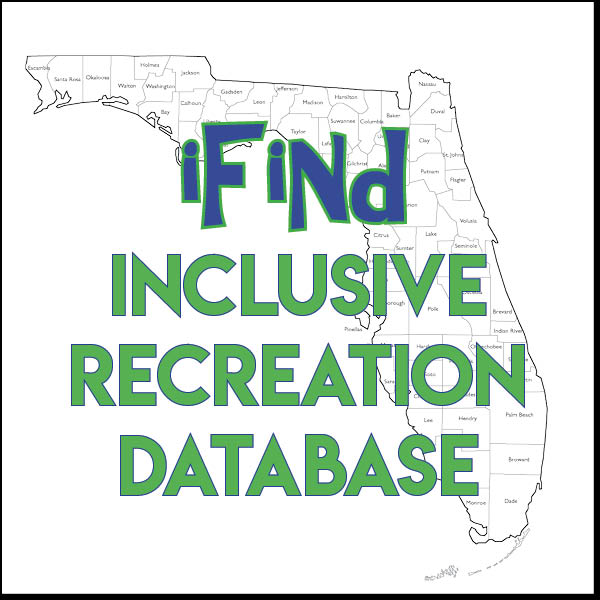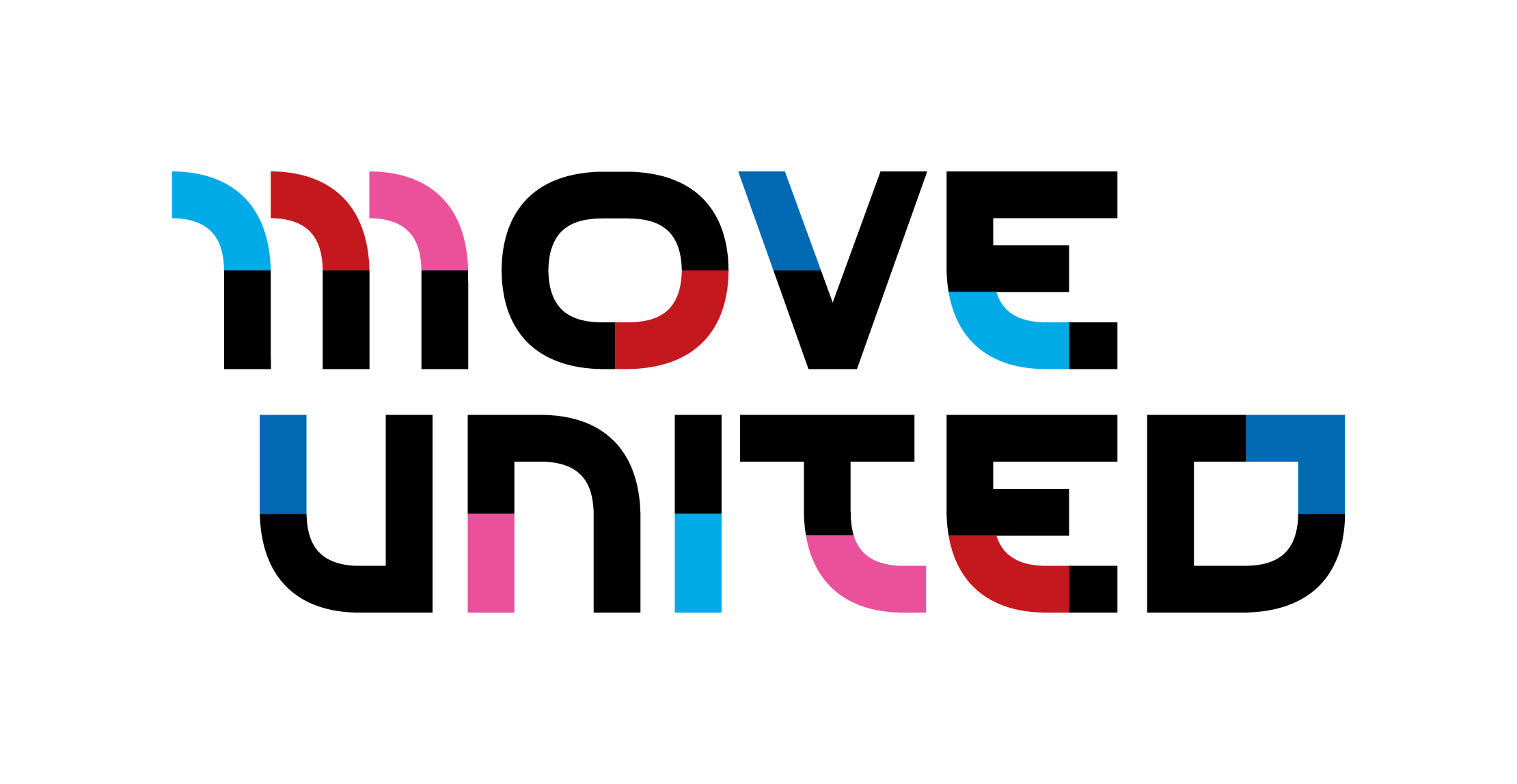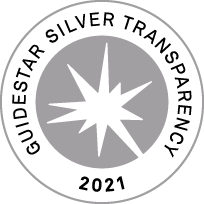If you love the beautiful game and want to exercise more, playing soccer is something you should consider. The US Soccer Disability Committee created a network to provide opportunities for people with disabilities to play soccer. On their website, usdisabilitysoccernetwork.com, you'll find different organizations providing services, training, and competitions. These are some of the many categories of disability soccer that athletes can take part in at all different levels and ages:
Blind Soccer
Blind soccer, also known as football-5-a-side, is an official sport in the Paralympic Games. The rules of the traditional game have been modified and adapted for athletes with visual impairments. There are five players on each team, and the match is played on a solid surface. There is no offside rule, and players have to wear blindfolds. The ball contains small bells, helping players locate it based on its noise when it travels. Finally, the goalkeepers are usually sighted but are confined to the goal area.
Deaf Soccer
Deaf soccer has been around for a long time and is almost as old as the original game. The rules for deaf soccer are no different than the rules for non-disabled players. To be able to compete, players must have lost 41 decibels or more of their hearing.
Power Soccer
Power Soccer is for athletes who use wheelchairs. It is played indoors, with five players on each team in 20-minute halves. One player can only tackle players at a time, and there are specific rules about the size of the soccer ball and goals.
Paralympic Soccer
Paralympic soccer is for ambulatory athletes with physical disabilities. Although not a condition for entry, most athletes who participate in Paralympic Soccer specifically have cerebral palsy, have had a stroke, or have had a traumatic brain injury.
Athletes play in teams of seven-a-side, playing matches on a smaller field. The size of goals is also smaller. There is a total number of 60 minutes of game time, divided into two halves of 30 minutes each. The offsides rule is not in play in this game, and the ball can be rolled back into game space or thrown if preferred.
TOPSoccer
Developed by US Youth Soccer, TOPSoccer (The Outreach Program for Soccer) is a community-based training program for athletes with intellectual, emotional, and physical disabilities. The program provides soccer opportunities to players, allowing them to develop skills at their own pace in a safe, fun, encouraging, and inclusive environment.
American Youth Soccer Organization (AYSO)
The American Youth Soccer Organization enables those with developmental disabilities to participate in soccer in a fun, educational manner and helps build self-esteem. The organization emphasizes life skills such as teamwork, physical fitness, and fairness.
Dwarf Soccer
The Dwarf Athletic Association of American (DAAA), established in 1986, has created training and competitive opportunities for athletes with dwarfism in the United States. The DAAA's soccer program emphasizes competitive excellence and fair competition.
Frame Soccer
Governed by the International Federation of CP Football (IFCPF), Frame Soccer is an adapted variation of the classic sport. Adults, children, and all genders can participate. The only requirement is that athletes must require the use of crutches, walkers, or any gait- or walking-training equipment for everyday mobility purposes.
Amputee Soccer
Amputee Soccer is organized through the World Amputee Football Federation and has more than 30 member countries. Amputee Soccer's rules state that individuals should play games with teams of six in addition to a goalkeeper. Prosthetic limbs and not allowed, only standard crutches.
Get Involved
To find organizations and clubs across the US, check out the US Soccer Disability Network. If there are no teams near you, find like-minded individuals, and start playing. Maybe you can come up with a team or club yourself!




